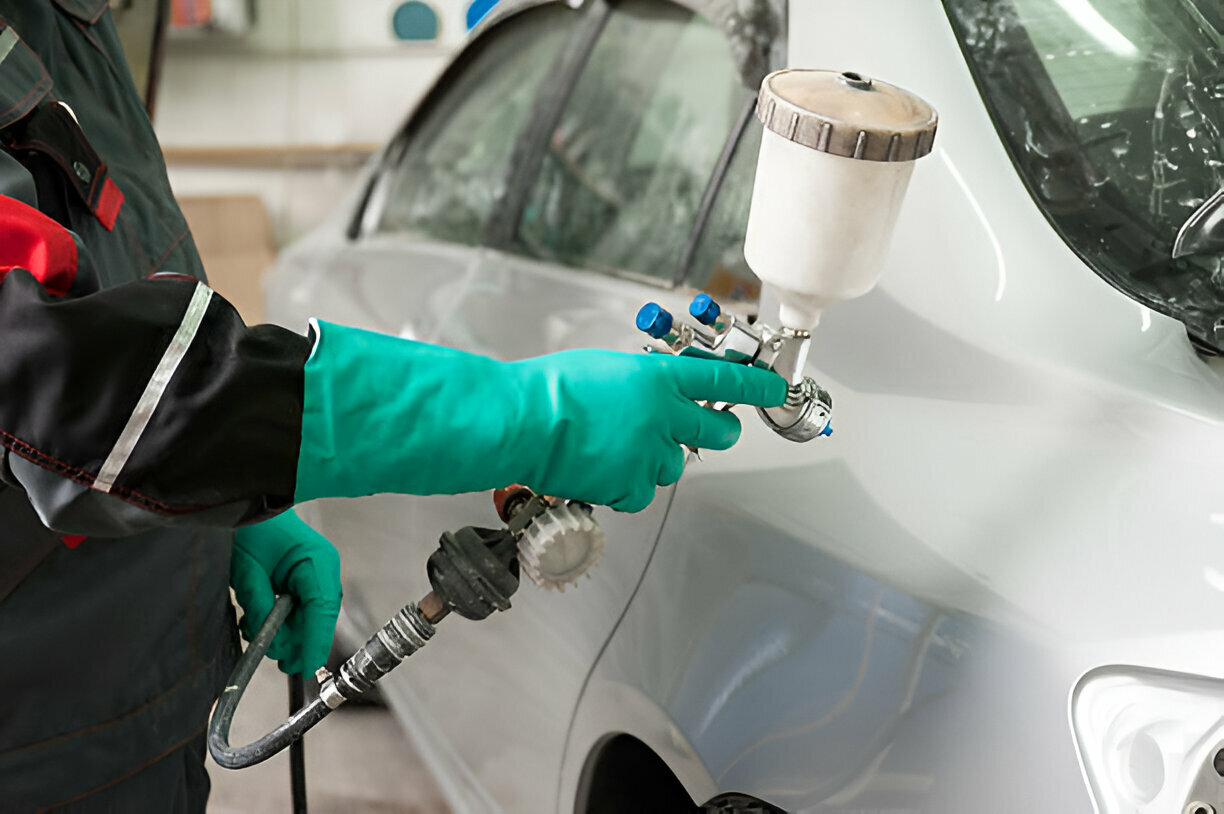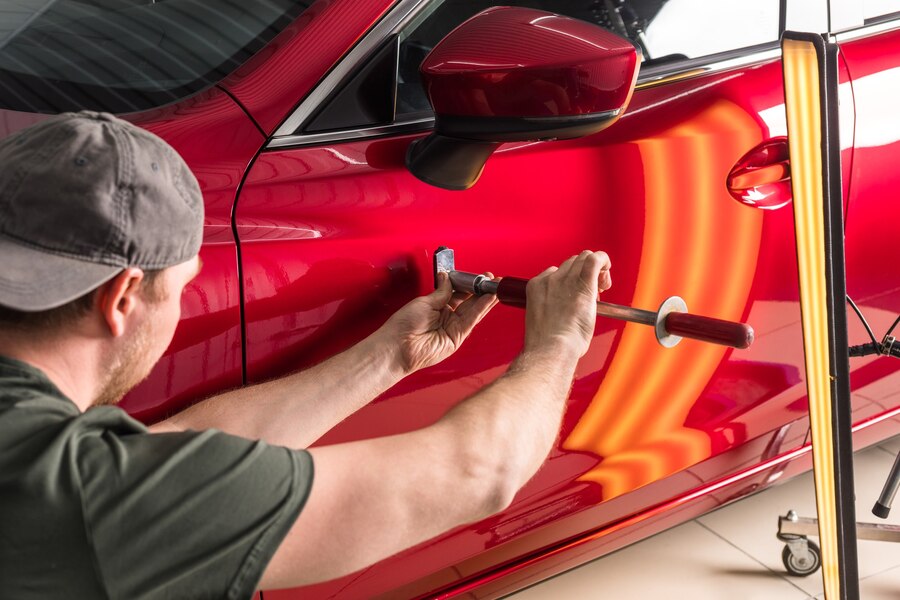Accidents are a reality in the industry whether you run an auto repair shop or manage a large-scale manufacturing facility. Own a car dealership accidents can and do occur When they happen they often come with financial consequences and Legal Protection in the Automotive Industry.
In this article, we’ll delve into the world of liability and legal protection within the industry. We’ll explore situations where liability can arise the risks involved and the essential role that legal protection, including injury lawyers, plays in safeguarding businesses.
The Diverse Landscape of the Automotive Industry
The automotive industry is a field, with a range of manufacturers, including both established giants and innovative startups. This dynamic sector covers vehicles, autonomous driving technology and sustainable practices, which reflect the changing preferences and demands of consumers and the global focus, on eco transportation solutions.
1. Manufacturing and Product Liability
We’ll discuss potential issues related to product liability and Legal Protection faced by automotive manufacturers like defective parts and recalls.
2. Dealerships and Sales
We’ll explain the responsibilities and liabilities associated with selling vehicles such as warranties and misrepresentation.
3. Auto Repair and Maintenance
We’ll explore risks within the maintenance and repair sector including negligence claims and property damage.

Common Scenarios Leading to Accidents
Accidents can occur in ways within the industry. Understanding these scenarios is crucial to minimize responsibility.
Accidents frequently occur due, to drivers being distracted driving fast driving, unfavorable weather conditions and reckless behavior on the road. These situations emphasize the significance of practicing driving and being mindful while, behind the wheel.
1. Workplace Incidents
Address the hazards associated with incidents, including slips and falls and discuss how businesses can safeguard themselves through safety measures.
2. Vehicle Collisions
Elaborate, on the consequences when company vehicles are involved in accidents, both within and outside business premises.
3. Defective Products
Examine how defects in vehicles or automotive components can lead to accidents and subsequent liability.
Legal Environment and Regulatory Compliance
To effectively handle liability matters automotive businesses must ensure compliance with the changing regulatory landscape.
1. Safety Standards and Regulations
Safety standards and regulations are essential for ensuring the well-being of individuals and the environment in various industries. These guidelines set forth specific criteria and practices that organizations must follow to prevent accidents, minimize risks, and maintain a safe working environment. Compliance with safety standards and regulations is crucial for protecting lives, promoting sustainability, and upholding public trust.
2. Environmental Regulations
Outline the impact of regulations on businesses and potential legal repercussions for non compliance. Environmental regulations are vital for safeguarding our planet’s health. They dictate rules and restrictions on activities that could harm the environment, such as air and water pollution, waste disposal, and resource conservation. Compliance with these regulations helps mitigate climate change, protect ecosystems, and promote sustainable practices.

Insurance Coverage and Risk Management
Insurance and risk management play roles, in planning and stability acting as vital safeguards for individuals organizations and businesses.
These principles hold a position in fortifying against events and minimizing the financial impacts of unexpected setbacks. Insurance coverage refers to the safety furnished by insurance regulations against various risks and perils.
It offers peace of mind with the aid of moving the economic burden of unexpected activities, inclusive of accidents, herbal failures, or ailments, to an coverage company.
There are severe kinds of insurance insurance available to cater to diverse wishes, which include medical insurance, vehicle insurance, domestic coverage, life coverage, and business insurance.
Effective danger management is a proactive method to identifying, assessing, and mitigating capability dangers that might disrupt financial balance or operations. It involves a scientific system of danger identity, danger evaluation, risk remedy, and risk monitoring.
By understanding the risks they face, individuals and groups could make informed choices to guard their property and pursuits.
Insurance serves as a vital device in hazard management. It allows people and companies to switch some of the economic risks they face to coverage businesses in trade for normal premium bills.
The Role of Personal Injury
The field of personal injury law has a role, in providing support and reparation to individuals who have suffered emotional or financial harm due to the actions of others.
Some important aspects of personal injury law include:
1. Seeking Legal Solutions: Personal injury law enables individuals harmed to seek remedies and compensation. Those involved in auto accidents may choose to opt for an auto accident injury lawyer. This encompasses expenses for treatment, lost income, pain and suffering, and damage to property.
2. Establishing Responsibility: Personal injury cases involve proving that the responsible party (known as the defendant) acted negligently or was at fault for causing harm to the plaintiff (the injured party). This often entails gathering evidence testimonies from witnesses and expert opinions.
3. Negotiation and Settlement: Many personal injury cases are resolved through negotiation. Reaching a settlement agreement outside of court. This approach saves time and resources, for all parties involved.
4. Litigation: In instances where a settlement cannot be reached through negotiation the case may proceed to litigation. Be presented before a court.
These elements illustrate how personal injury law operates by providing avenues for seeking justice determining liability exploring settlement options or pursuing litigation if necessary.
During a trial both parties present their evidence and a judge or jury decides the outcome and any monetary compensation that may be awarded.
Conclusion
Accidents and liability issues are a part of the industry. However with protection and effective risk management strategies businesses can successfully navigate these challenges.
By understanding the landscape of the industry identifying common scenarios that lead to accidents adhering to legal regulations and standards obtaining sufficient insurance coverage and seeking assistance from injury lawyers when necessary; businesses can safeguard their interests while minimizing the impact of accidents, on their operations and finances.
Ultimately like any industry the automotive sector can thrive by equipping itself with knowledge and legal protection to handle unforeseen circumstances.









